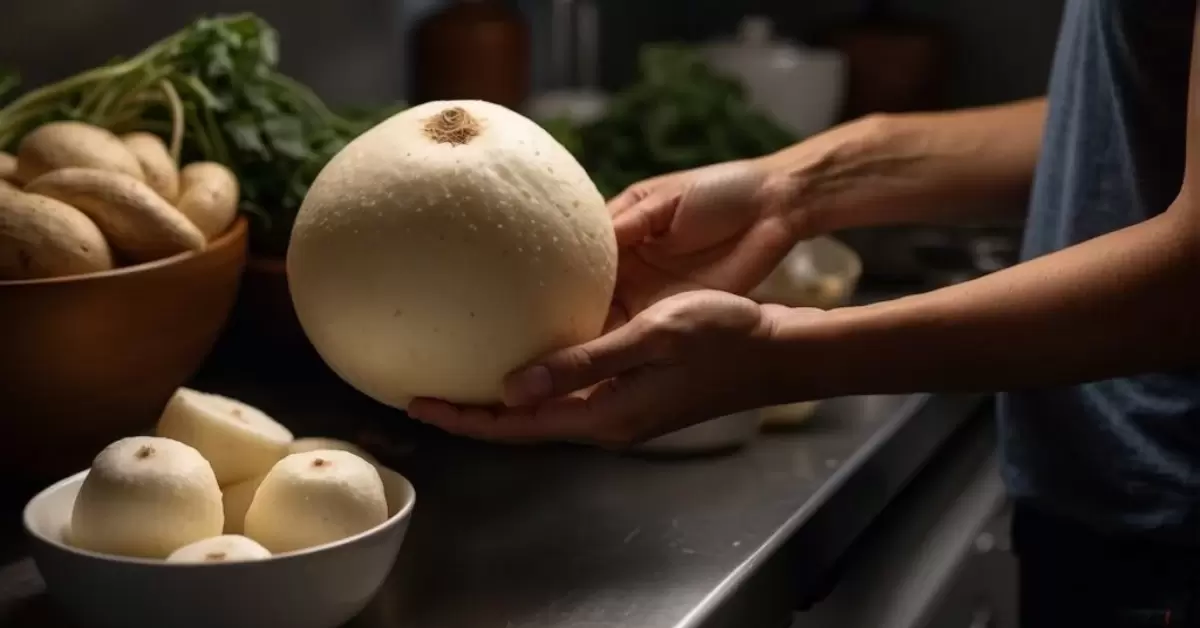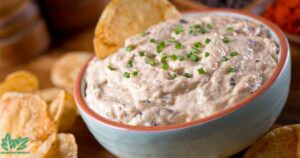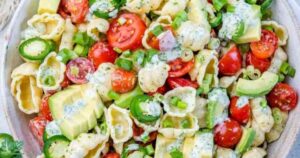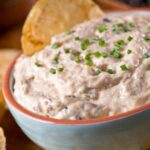Storing jicama properly is essential to maintain its freshness and crisp texture. First when bringing it at home from the market store it in a cool dark place like a pantry or cellar away from direct sunlight and heat sources.
This helps preserve its nutrients and prevents it from drying out too quickly.If you plan to use it within a day or two it can be kept at room temperature in a cool dry spot away from sunlight.
For longer storage it is best to store it in the refrigerator. Wrap it in a paper towel to absorb any excess moisture and place it in a perforated plastic bag in the vegetable crisper. This method can keep it fresh and crunchy for up to two weeks.
Selecting Quality Jicama
Selecting quality jicama is crucial for ensuring its taste and longevity. Look for firm dry roots that feel heavy for their size with smooth skin and no blemishes.
Identifying Freshness Signs
When choosing it opt for roots that have a crunchy texture and emit a slightly sweet smell. Fresh jicama should feel heavy for its size indicating juiciness and freshness. Avoid pieces with cuts soft spots or bruises, and ensure the skin is uniform in color with no dark spots.
Avoiding Bad Blemishes
Inspect the jicama for any signs of damage while shopping. Avoid pieces with cuts soft spots or bruises as these can indicate spoilage. Choose it with uniform color and an absence of dark spots ensuring a longer shelf life and a better eating experience.
Also read this: Olive Oil in Mexican Cuisine
Preparing Before Storage
Before storing it is important to wash it thoroughly under running water to remove any surface dirt or contaminants. Dry it completely using a clean cloth or paper towel to prevent mold growth during storage. Remember not to peel the skin before storage as it helps preserve freshness and peel it right before consuming or using it in recipes.
Identifying Freshness Signs
Identifying freshness signs in jicama is key to picking the best ones. When you’re at the store, choose it that feels heavy for its size and has a crunchy texture. A fresh jicama emits a slightly sweet smell and has smooth skin.
Look for it with uniform color and an absence of dark spots, as these indicate freshness. Avoid pieces with:
- cuts
- soft spots
- or bruises
As they can lead to spoilage. Remember the fresher the jicama, the longer it will last and the better it will taste.
Ensure the jicama you select feels firm to the touch and has a healthy appearance.It should have a crisp texture, indicating juiciness and optimal flavor. By paying attention to these signs, you can enjoy delicious and nutritious jicama in your meals.
Avoiding Bad Blemishes
When avoiding bad blemishes in jicama it is important to inspect the roots carefully. Steer clear of pieces with cuts soft spots or bruises as these are signs of spoilage and can affect the taste and texture .
Opt for this with uniform color and an absence of dark spots indicating freshness and better quality.Choosing it without blemishes ensures a longer shelf life and a more enjoyable eating experience. By selecting roots with smooth skin and no signs of damage you can be confident in the freshness and flavor.
Preparation Before Storage
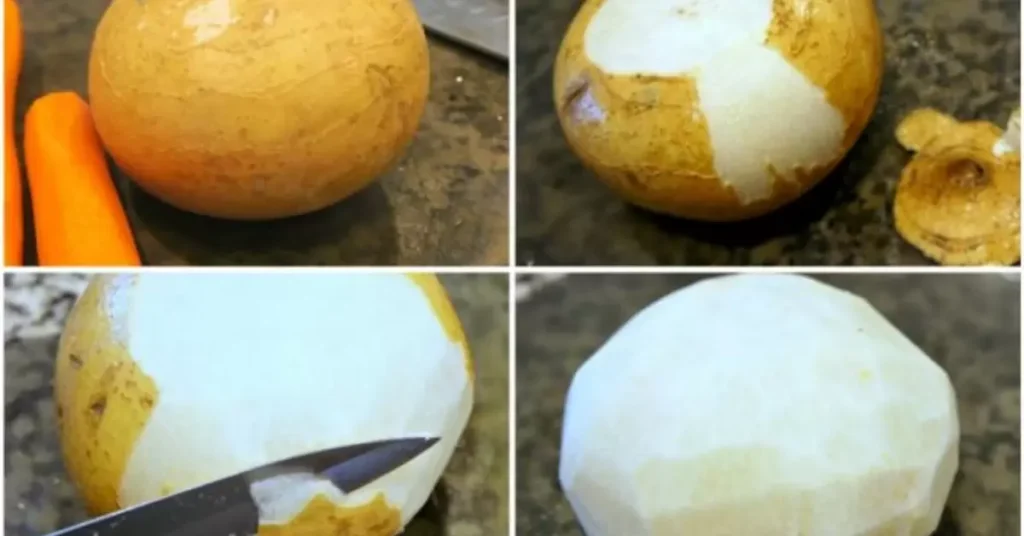
Before storing it is crucial to prepare it properly. Start by washing it thoroughly under running water to remove any dirt or contaminants on the surface. Then ensure the jicama is completely dry by patting it down with a clean cloth or paper towel to prevent mold growth during storage.
Remember not to peel the jicama before storage, as the skin helps preserve its freshness. Peel the jicama right before using it in recipes or consuming it to maintain its optimal quality. By following these preparation steps you can ensure that your jicama stays fresh and delicious for longer periods.
Read more Blog: What Is Fennel and How Can I Use It?
Washing and Drying
When washing and drying it start by rinsing it thoroughly under cool running water to remove any dirt or debris from the surface. Use your hands to gently rub it to ensure all areas are clean.
After washing it is essential to dry it completely to prevent moisture buildup which can lead to mold growth. Use a clean cloth or paper towel to pat it dry ensuring there is no excess water remaining on the surface.
By properly washing and dry it before storage you can help prolong its freshness and prevent spoilage.
To Peel or Not to Peel
When it comes to preparing it for storage, it’s best not to peel it beforehand. The skin of the jicama helps to preserve its freshness and texture while in storage, acting as a protective barrier against moisture loss.
Instead, wait to peel it until you’re ready to use it in your recipes or consume it. Peeling it just before serving ensures that you retain the optimal quality of the vegetable, allowing you to enjoy its crisp texture and mild flavor to the fullest.
Proper Storage Techniques
Proper storage techniques are essential for maintaining the freshness of it . If you are storing and keep it in a cool dry place away from direct sunlight such as a pantry or cellar. This helps to prevent moisture loss and preserve its crisp texture.
For longer storage consider placing it in the refrigerator. Wrap it in a paper towel to absorb excess moisture then store it in a perforated plastic bag in the vegetable crisper. This method helps to maintain its crunchiness and flavor for up to two weeks, ensuring you can enjoy its nutritious qualities for longer periods.
Storing Whole Jicama
When storing whole jicama choose a cool dry location away from direct sunlight such as a pantry or cellar. This environment helps to maintain its freshness and prevents moisture loss preserving its crisp texture.
If your kitchen tends to be warmer or more humid, storing it in the refrigerator can extend its shelf life. Wrap it in a paper towel to absorb excess moisture then place it in a perforated plastic bag in the vegetable crisper. This method helps regulate humidity levels and keeps it fresh for up to two weeks.
Storing Cut Jicama
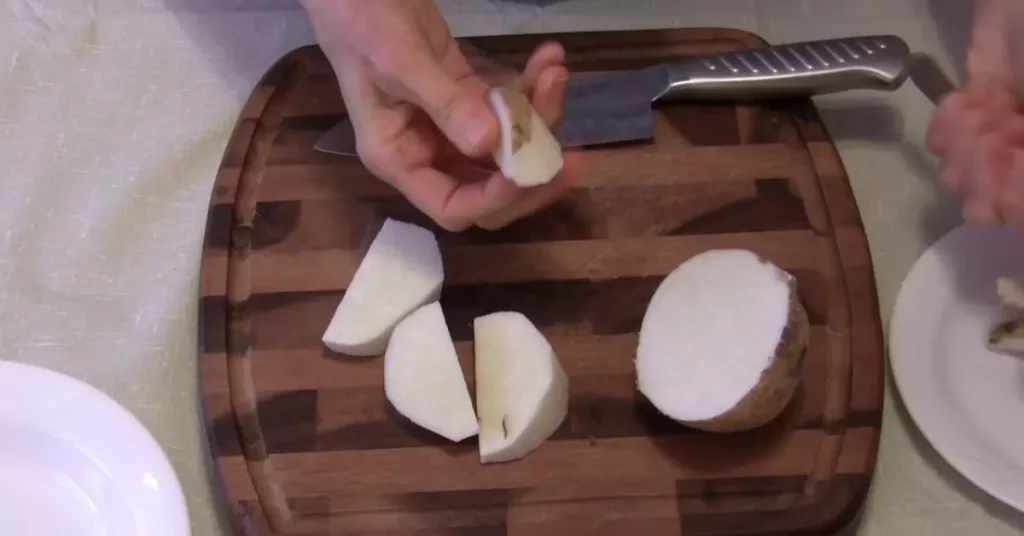
When storing cut it is crucial to prevent moisture loss and maintain its freshness. Wrap the cut pieces in plastic wrap or place them in an airtight container lined with paper towels to absorb any excess moisture.
Store the wrapped or containerized it in the refrigerator to keep it fresh. This method helps retain its crispness and prevents it from drying out or absorbing other food odors, ensuring that stays delicious for longer periods.
Temperature and Humidity Levels
Maintaining the right temperature and humidity levels is crucial for preserving the freshness . Aim to store it in an environment with a temperature range between 45°F (7°C) and 55°F (13°C), which is cooler than room temperature but not as cold as a standard refrigerator setting.
Moderate humidity levels are suitable for storage, but excessive moisture should be avoided, as it can lead to mold growth. The ideal storage location is a cool, dry place like a pantry or cellar for short-term storage, while the vegetable crisper drawer in the refrigerator is ideal for longer storage.
By regulating temperature and humidity levels, you can extend the shelf life and ensure it stays fresh and crisp for longer periods.
Avoiding Moisture and Mold Risk
To avoid moisture and the risk of mold when storing it, keep it dry and away from excessive humidity. Here are some simple tips to help prevent moisture buildup and maintain the freshness :
- Store it in a cool, dry place away from sources of moisture, such as sinks or dishwashers.
- Avoid washing it until you are ready to use it to minimize moisture exposure.
- Wrap it in a paper towel before storing to absorb any excess moisture.
- Check it regularly for signs of mold or spoilage, especially if stored for an extended period.
- Ensure the storage container or bag is properly sealed to prevent moisture from entering.
- Discard any jicama that shows signs of mold or spoilage to prevent contamination.
- Use it within a reasonable time frame to minimize the risk of moisture-related issues.
Combining with Other Foods
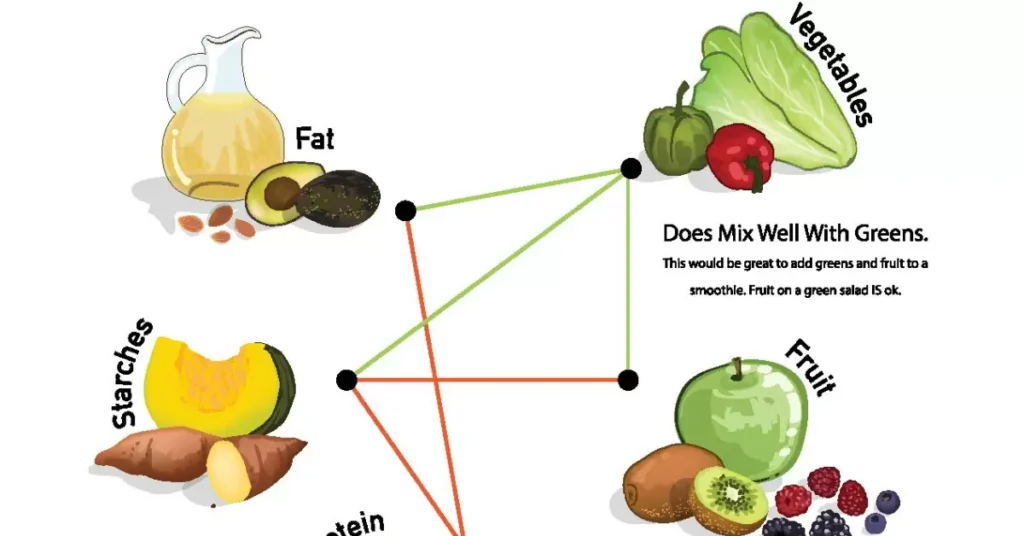
When combining jicama with other foods for storage, it’s essential to be mindful of factors that could affect its freshness. Avoid storing jicama with ethylene-producing items like apples or bananas, as they can hasten spoilage.
Instead, store jicama separately or with other non-ethylene-producing fruits and vegetables.
If you’re adding jicama to a mixture or salad with other ingredients, store the mixture in a sealed container to maintain freshness and prevent flavor transfer.
Consume the mixture within a few days to ensure optimal taste and quality. By storing jicama properly with compatible foods, you can extend its shelf life and enjoy it in various dishes.
Frequently Asked Questions
What’s the best way to keep jicama fresh after cutting?
To keep it fresh after cutting, wrap the cut pieces in a slightly damp paper towel and store them in an airtight container or resealable plastic bag in the refrigerator. This helps maintain humidity around the jicama without making it too wet, preserving its freshness and crispness.
How long can you expect jicama to stay fresh in the refrigerator?
When stored correctly in the vegetable crisper of your refrigerator, whole jicama can stay fresh for about two to three weeks. Once cut, it’s best to use jicama within about a week for optimal freshness and texture.
Is it possible to freeze jicama for long-term storage?
While freezing jicama is possible it is not commonly recommended as it can result in changes to texture after thawing. If you choose to freeze jicama blanch the slices to preserve texture pat them dry and store them in a freezer bag with minimal air to prevent freezer burn.
What are the steps to properly refrigerate jicama overnight?
To refrigerate jicama overnight, wrap it in a paper towel, place it in a perforated plastic bag, and store it in the vegetable crisper drawer of the refrigerator.
Does soaking jicama in water help preserve its freshness?
Soaking jicama in water is not recommended as it can actually accelerate spoilage by introducing excess moisture. It’s best to store jicama dry to maintain its freshness and crisp texture.
Can you prevent jicama from browning, and if so, how?
Yes, you can prevent jicama from browning by storing it properly. Keep cut jicama pieces wrapped in a damp paper towel and sealed in an airtight container or plastic bag in the refrigerator to minimize exposure to air which slows down the browning process.
Conclusion
Properly storing jicama is essential for preserving its freshness and flavor. Whether you choose to store it at room temperature for short-term use or in the refrigerator for longer periods, following simple steps like wrapping in paper towels and sealing in plastic bags can extend its shelf life.
By understanding the optimal storage conditions, avoiding moisture, and being mindful of combining jicama with other foods, you can enjoy this versatile vegetable in various dishes while ensuring it stays delicious and nutritious for as long as possible.

Ethan Henry with 8 years of expertise in bamboo, excels in sustainable design, construction and product development. His passion for eco-friendly solutions has driven innovative advancements in bamboo-based industries.
